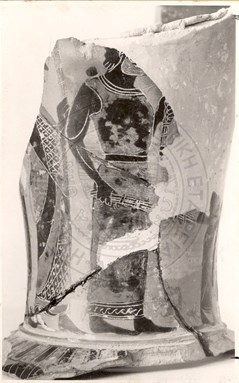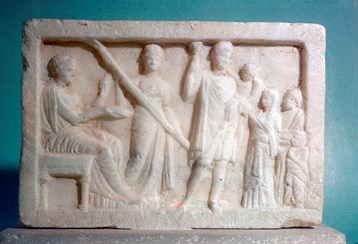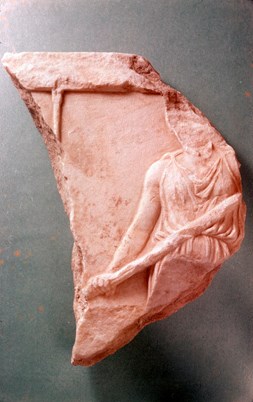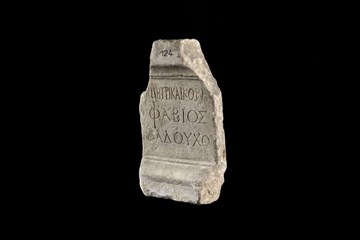The daduch was always drawn from the genos of the Kerykes. He held office for life, and, for a long period, the officeholders were named either Callias or Hipponicus. The daduch (along with the hierophant) marched at the head of the procession that returned the sacred objects from Athens to Eleusis on the 19th of Boedromion, ample demonstration of the office’s importance. He participated in the celebration of the Mysteries and the initiation of the mystai. He collaborated with the hierophant to make the prorrhesis that announced the Mysteries to the citizens. He played a pivotal role during the celebration of the Mysteries and provided light during the secret rites. Since the great light and darkness required careful regulation to achieve their intended purpose, the daduch held a great deal of responsibility during the showing of the hiera to the initiates by the hierophant. However, unlike the hierophant, he was not allowed to enter the Anaktoron or handle the sacred objects.

Representation of a torchbearer on a black-figure loutrophoros from Eleusis, photograph, Εν Αθήναις Αρχαιολογική Εταιρεία © Η εν Αθήναις Αρχαιολογική Εταιρεία

Small plaque with the Eleusinian divinities, Late 4th c. BCE, sculpture, American School of Classical Studies / Athenian Agora Excavations © American School of Classical Studies at Athens, Archives, Athenian Agora Excavations
The daduch enjoyed the special privilege of using “the fleece of Zeus”, a lambskin with which he could purify those who had blood on their hands. He belonged to the aeisitoi (men fed in the Tholos in the Athenian Agora at public expense), he had the right to set up a statue of himself in the sanctuary. In the Roman period, he acquired the privilege of hieronymy, i.e. he could replace his name with the title of his priesthood. His garments and headdress were quite impressive. The characteristic krobylos (hair gathered together at the base of the neck, twisted up and bound under the back of the hairband) and the strophion (a rolled fillet) served as emblems of his office. However, they could sometimes become a source of grievous confusion. After the battle of Marathon, the krobylos and the strophion allegedly made a Persian prisoner think that Callias was a king. The latter was daduch and had fought bravely dressed in his priestly garb. He was also very greedy. The Persian showed him a hidden treasure, and Callias took the gold and killed the prisoner to prevent him from revealing the source of his unexpected wealth to his fellow countrymen.
The daduchusa was a priestess and the principal assistant of the daduch.

Fragment of a relief with young woman holding a torch, sculpture, American School of Classical Studies / Athenian Agora Excavations © American School of Classical Studies at Athens, Archives, Athenian Agora Excavations

Dedication by the daduch Fabius to Demeter and Kore, 200-250 CE, sculpture, Musée du Louvre © 2001 Musée du Louvre / Christian Larrieu








